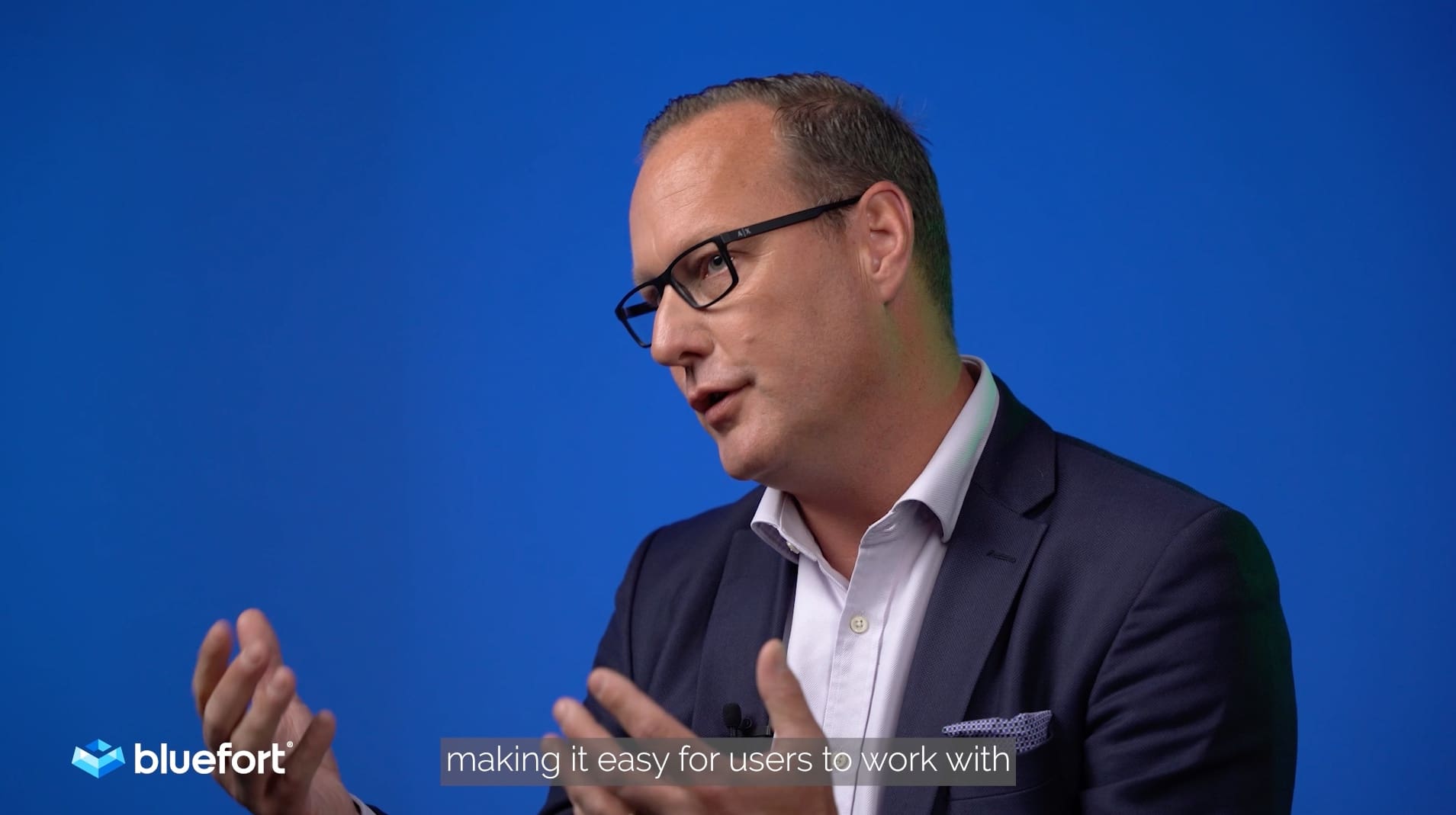Driving your sales through subscription.
Building a new subscription offering is tough. Selling subscriptions and continued services resulting in ARR is extremely attractive, but what is the enabler to grow? Sales is the key, as it has always been. But selling subscription-based offerings is not the same as selling one-time services or offerings.
Besides all the work you have done to get your offering out there, building a sales and marketing capability is likely to be even more important than the offering itself. So how can you blow your sales through the roof?
Attaching the right price model is a crucial step in powering sales.
4 Ways to Accelerate Subscription Sales:
#1 — Build successful channels to your end customers
Building and maintaining a strong partner channel is a core activity for all subscription and licence businesses that operate one. The driver for a healthy relationship between your business and your partner channel is to generate successful end-customer relations and revenue. That revenue will create subscription-based commissions for partners and will give you more market reach to end customers. However, maintaining a solid flow of events in the administration of your business does have a myriad of activities to take into account.
Let’s have a look at the flow of information.
- You sign-up new partners with a partner plan providing commission;
- Your partner drives a sales cycle for your licence or subscriptions to an end-customer;
- Your partner closes a new deal and re-sells your licences or subscriptions;
- Your partner upsells additional licences and subscriptions;
- You change your licence and subscription plans on renewal (indexing or price changes) and need to inform your partners and end-customers;
- Your partner has an end-customer that stops using the licences or subscriptions.
Establishing strong partners, marketplaces or affiliations empower your sales teams to take your subscriptions to the end-customer, driving new revenue streams and success. However, do keep in mind that there is a cost attached to recruit-to-sell with partners.
#2 — Develop a simple and effective price model
Attaching the right price model is a crucial step in powering sales. Simple and effective models that match with your value proposition will provide transparency to your partners and end-customers, making it easier to buy. Depending on what type of subscription you provide, consider the following capabilities:
- Support pay-per-use, pay-per-unit, or hybrid models
- Allow for discount options
- Support the plan approach (for example bronze/silver/gold).
- Allow for indexing of prices and discounts on renewal
The pricing might be transparent and easy but calculating underlying costs to offer subscriptions is mission critical. Understanding cost and margin must underpin pricing models.
#3 — Make your customer additional offers
Subscription companies must keep innovating. Lack of innovation will lead to churn, therefore innovation is crucial. This does not need to be a cost centre. If you focus on developing value-added capabilities and services, you can upsell them to existing customers. Here are some examples of innovation you can upsell, extending existing subscription plans:
- SaaS e-Learning access to your solution and services
- Extended support options, with live support agent access
- Additional business process outsourcing capabilities
- Add-on solutions enriching the present capabilities
- Training sessions every year
There are many more options that will drive your capability to upsell, the key is to monetize your innovation, whilst ensuring customer value.
#4 — Introducing AI in Subscription Sales
Using artificial intelligence, your sales team can create predictive models that tell you more about your customers’ behaviours, market trends, and new sales opportunities. Predictive analytics is an incredibly powerful sales tool that uses historical data, statistical algorithms, and machine learning to anticipate outcomes based on historical patterns. Predictive analytics have proved to be an important tool for sales, not only improving sales estimating but adding insight into structuring sales teams:
- More accurate sales quotas—Incorporating reasons in addition to sales rep performance makes it possible to create more accurate and more aggressive sales quotas that are still achievable.
- Optimising sales territories—Whether you are selling by territory or vertical, analytics can help you align sales expertise and resources to deliver optimal results.
- Realigning sales policies and compensation—Predictive analytics can also point to new selling models, including revenue distribution. For example, Microsoft restructured its sales compensation by rewarding levels of service consumption rather than straight commissions.
- Revising staffing—Predictive analytics can point to likely changes in staffing demands in the coming quarter or year. Because it takes time to find new sales resources, anticipating demand can guide hiring strategies, providing enough time for hiring and training to optimise sales productivity.
- Projecting the impact of product changes—New products, releases, features, and pricing models will have a direct impact on sales. Predictive analytics can help uncover the potential impact of product changes and minimise the impact on sales.



